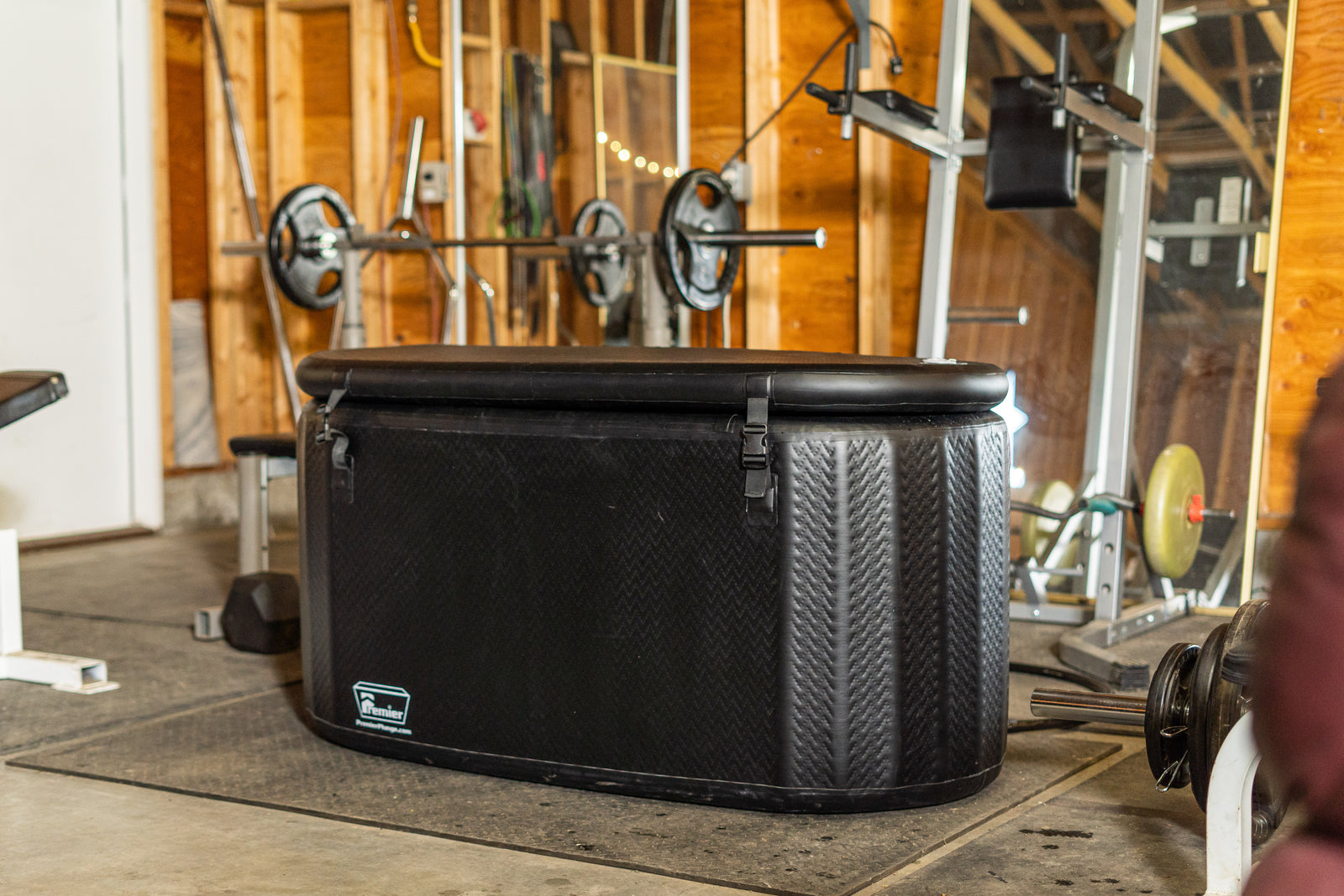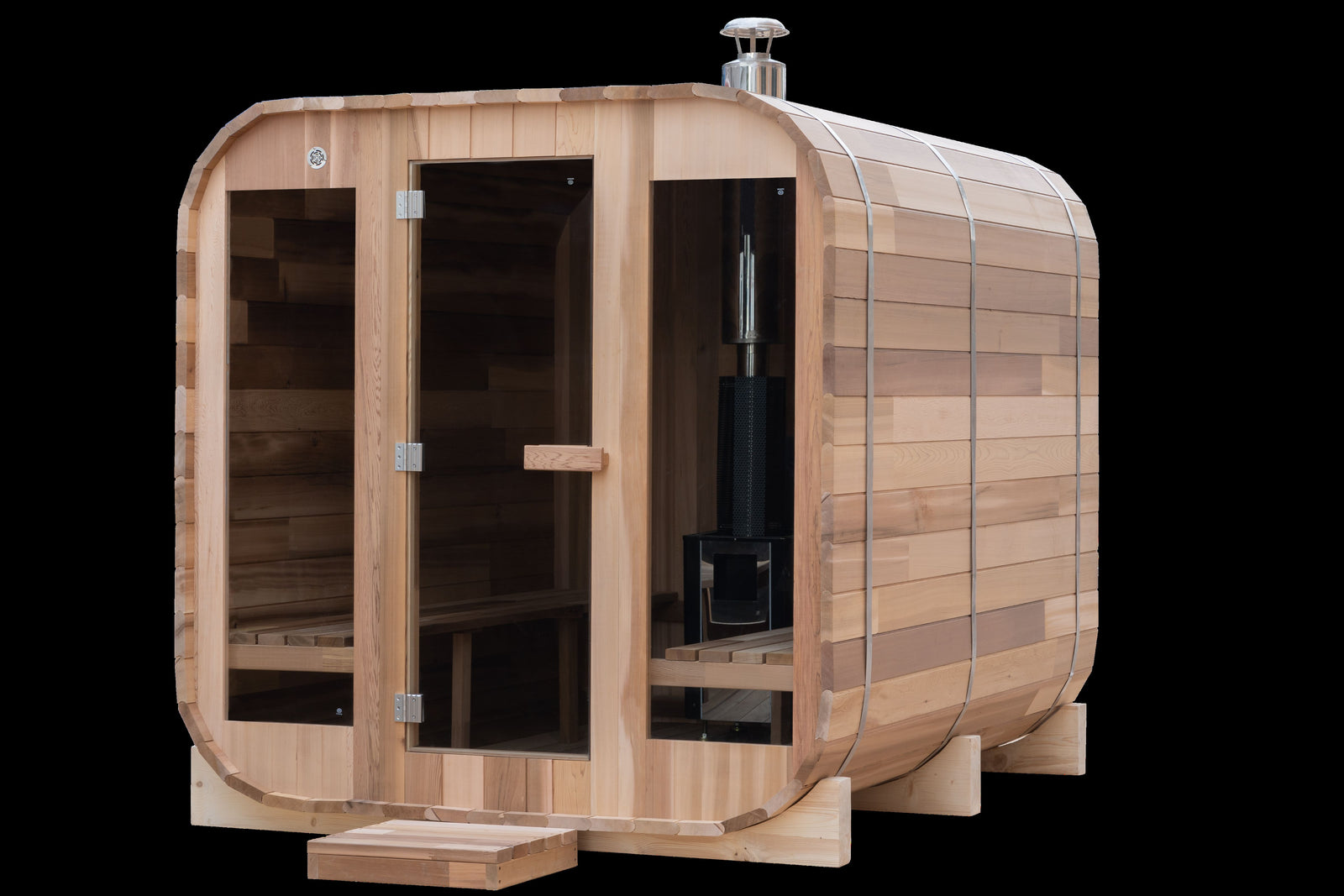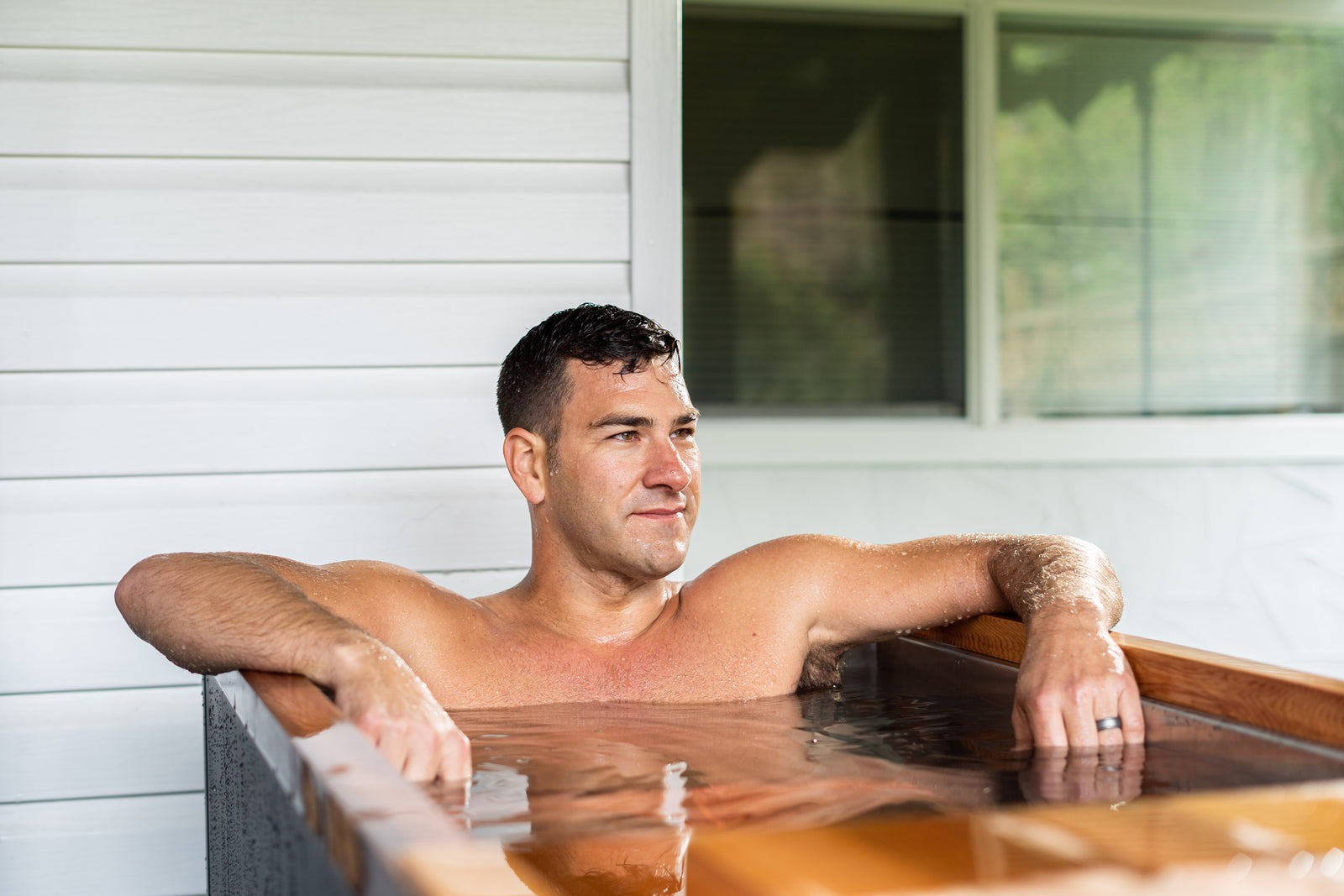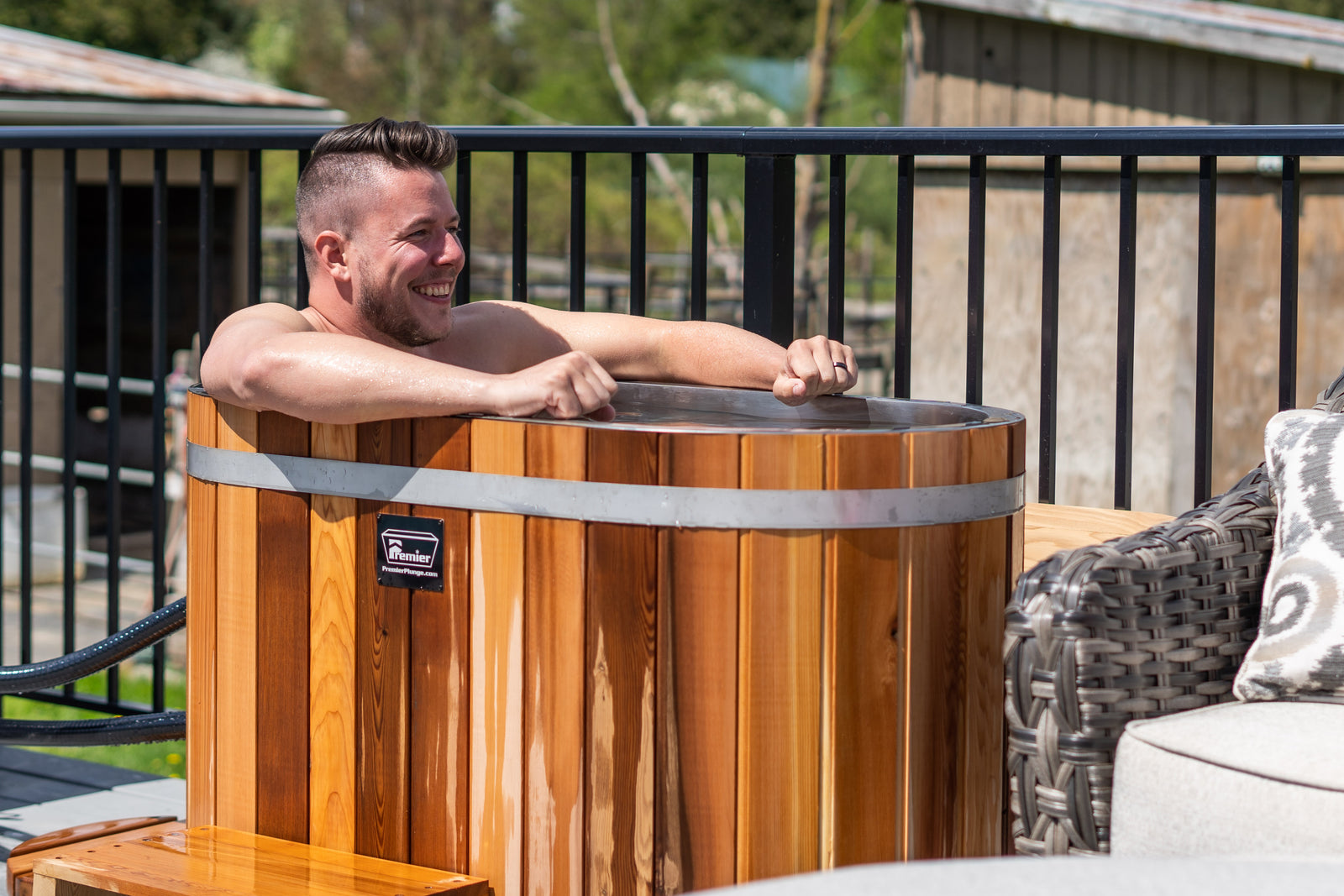
Box breathing is a great technique that can help prolong your time in cold water. So what is box breathing? Box breathing, a simple and effective breathing technique that involves inhaling, holding the breath, exhaling, and then holding the breath again for equal counts, can help you regulate your nervous system and potentially stay in cold water longer. Here's how box breathing can be used during cold water immersion:
-
Before entering the cold water, find a calm and comfortable environment where you won't be disturbed.
-
Begin with slow, deep breaths: Sit or stand comfortably and start taking slow, deep breaths in through your nose and out through your mouth. Breathe deeply into your belly, allowing your diaphragm to expand fully.
-
Transition to box breathing: After a few deep breaths, transition to box breathing. Inhale slowly through your nose for a count of 4, hold your breath for a count of 4, exhale slowly through your mouth for a count of 4, and then hold your breath again for a count of 4. Repeat this cycle for several rounds, aiming to keep your breath slow, controlled, and rhythmic.
-
Enter the cold water: As you enter the cold water, continue with your box breathing technique. Focus on your breath and use it to stay calm and relaxed, which can help you manage the cold shock response and potentially stay in the cold water longer.
-
Maintain mindfulness: While in the cold water, continue to use your box breathing technique to stay mindful of your breath and body sensations. If you start to feel uncomfortable or overwhelmed, focus on your breath to stay calm and composed.
-
Exit and warm up: When you're ready to exit the cold water, do so slowly and mindfully. Once you're out of the water, use friction, movement, and warm clothing to warm up your body gradually and restore your core temperature.
Box breathing can help you regulate your nervous system, increase your tolerance to the cold, and potentially stay in cold water longer by keeping you calm and relaxed. However, it's important to listen to your body, practice cold water immersion safely, and adjust the breathing technique based on your comfort level. Consulting with a qualified instructor familiar with cold water therapy and breathing techniques can provide further guidance and ensure safety.




